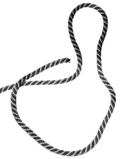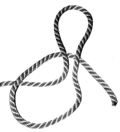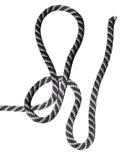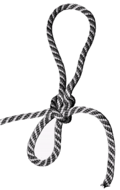m (18 revisions: re-import from WB, including edit history) |
(+trans) |
||
| Line 1: | Line 1: | ||
| + | <noinclude><translate></noinclude> | ||
{{Knot | {{Knot | ||
| name=Halter hitch, Hitching tie | | name=Halter hitch, Hitching tie | ||
| Line 9: | Line 10: | ||
Image:HalterHitch04.png|Tighten the hitch by pulling on the standing end and the bight. The hitch can be finished by passing the working end through the bight. | Image:HalterHitch04.png|Tighten the hitch by pulling on the standing end and the bight. The hitch can be finished by passing the working end through the bight. | ||
</gallery> | </gallery> | ||
| − | }}<noinclude>[[Category:Adventist Youth Honors Answer Book/Transcluded Modules|{{SUBPAGENAME}}]]</noinclude> | + | }} |
| + | <noinclude></translate></noinclude> | ||
| + | <noinclude>[[Category:Adventist Youth Honors Answer Book/Transcluded Modules|{{SUBPAGENAME}}]]</noinclude> | ||
Revision as of 03:45, 6 November 2014
| Halter hitch, Hitching tie |
|---|
|
Use: The halter hitch, sometimes called a hitching tie is used to tie the lead rope, which is attached to a horse's halter (or to a boat), to a post or hitching rail. The benefit of the halter hitch is that it can be released by pulling on one end of the rope. Even if there is tension on the horse-side of the rope it can still be release with ease.
How to tie:
|




